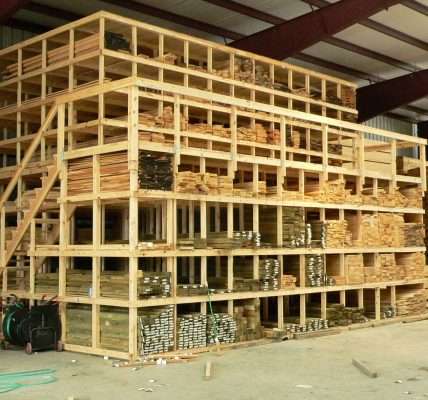The quest for sustainable and eco-friendly building materials has led to a renewed interest in age-old techniques, bringing sun dried building material back into the spotlight. For centuries, civilizations around the world have harnessed the power of the sun to create durable and affordable structures. This method offers a stark contrast to energy-intensive modern processes, providing a pathway towards reducing carbon footprints and promoting resource efficiency. From adobe bricks to rammed earth walls, the versatility of sun dried building material is proving its relevance in contemporary construction.
The Advantages of Sun Dried Construction
Sun dried construction offers numerous benefits, making it an attractive option for environmentally conscious builders and homeowners. These advantages span from economic viability to environmental sustainability.
- Cost-Effectiveness: Using locally sourced materials reduces transportation costs and reliance on expensive manufactured alternatives.
- Environmental Sustainability: The low energy requirements of sun drying significantly minimize the carbon footprint of construction.
- Thermal Performance: Sun dried materials often exhibit excellent thermal mass, helping to regulate indoor temperatures and reduce energy consumption for heating and cooling.
- Availability: Materials like clay, sand, and straw are readily available in many regions, making sun dried construction a viable option even in remote areas.
Types of Sun Dried Building Materials
The specific types of sun dried building materials vary depending on local resources and construction techniques. Here are some of the most common examples:
Adobe Bricks
Adobe bricks are perhaps the most well-known type of sun dried building material. They are made from a mixture of clay, sand, water, and sometimes straw, which is molded into bricks and left to dry in the sun.
Rammed Earth
Rammed earth construction involves compacting a mixture of earth, gravel, and clay within forms to create dense, durable walls. The resulting structure is strong and resistant to the elements.
Cob
Cob is a mixture of clay, sand, straw, and water that is sculpted into walls and allowed to dry naturally. Its pliable nature allows for organic shapes and creative architectural designs.
Challenges and Considerations
While sun dried construction offers many advantages, it’s important to acknowledge the challenges and considerations associated with this approach. These include:
- Climate Suitability: Sun dried materials are best suited for arid and semi-arid climates with low rainfall.
- Building Codes and Regulations: Building codes may not always be tailored to sun dried construction techniques, requiring special permits or adaptations.
- Maintenance: Sun dried structures may require regular maintenance to protect them from moisture damage and erosion.
- Labor Requirements: Depending on the technique, sun dried construction can be labor-intensive.
Sun dried building materials are not a one-size-fits-all solution. Selecting the appropriate method and materials depends heavily on location, climate, and the skill of the builders. However, when applied correctly, sun dried construction offers a sustainable and aesthetically pleasing alternative to conventional building methods.
The potential for sun dried building material to contribute to a more sustainable future is undeniable. The resurgence of interest in these techniques signals a shift towards environmentally conscious construction practices, prioritizing resource efficiency and minimizing environmental impact.

